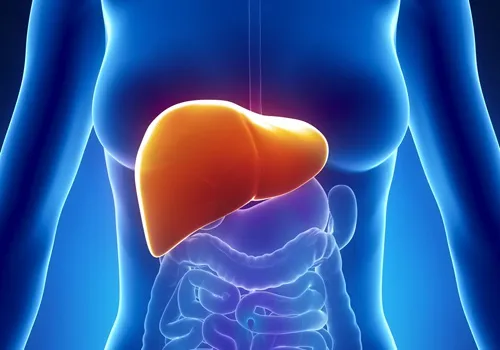This is stated by a recent study that opens the doors to new therapies.
Obesity currently affects about 650 million people worldwide according to figures from the World Health Organization and has become one of the most serious problems worldwide.Among its harmful effects, it increases the risk of developing metabolic conditions, mainly type II diabetes.
While the links between obesity and type II diabetes are well known, the same does not happen with the cellular and molecular mechanisms that predisposes people obese to this disease.
Now, a group of experts from the University of Geneva, led by Roberto Coppari and Xavier Brenachot, have managed to unravel the factors that link obesity and insulin resistance, as well as the key role that the liver plays at the beginning of thedisease.
In an article published in Nature Communications, experts point out that the PTPR-γ protein, which increases in the context of obesity, inhibits insulin receptors located on the surface of liver cells.This in turn leads to an increase in inflammatory signals that have effects on the liver and other organs.Obesity-induced inflammation triggers the activation of a transcription factor called NF-Kβ, which seems to be instrumental in the development of diabetes.
“To better understand this mechanism-Coppari explains in a statement-, we focus on a protein called PTPR-γ which is a objective of NF-Kβ.First we examine several human groups:.These studies indicated that the PTPR-γ content in the liver increases with inflammation, an effect that could directly affect insulin receptors by inhibiting insulin action. ”
To prove if this was so, the scientists modified the expression levels of PTPR-γ in mice, either suppressing, expressing normally or overexpressing the levels, and observed the effect on insulin resistance.
“The mice that lacked PTPR-γ completely, when they were given a high calorie diet, they developed obesity-adds Brenachot-.But they showed no insulin resistance sign and seemed to be completely protected from diabetes induced by the diet. ”
To refine their analysis, the Coppari and Brenachot team reconstituted the expression of PTPR-γ to normal levels, but only in liver cells.Then the mice were prone to insulin resistance, indicating the fundamental role of the liver.In addition, a double overexpression in the liver (imitating the natural pathophysiology of obesity) was sufficient to cause insulin resistance.
"Hopefully our preclinical essays - Coppari concludes - contribute to better strategies to treat a disease such as type II diabetes that currently affects 1 in 11 people on the planet, that is, more than 420 million people."


